Adding a draft blocker to a dryer vent?
pjb999
15 years ago
Related Stories

KITCHEN APPLIANCESWhat to Consider When Adding a Range Hood
Get to know the types, styles and why you may want to skip a hood altogether
Full Story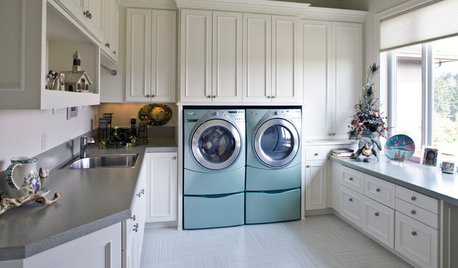
LAUNDRY ROOMSOne of the Biggest Building-Code Offenders in the Laundry Room
A dryer vent specialist shares what to do — and what to avoid — to keep things safe and efficient
Full Story
KITCHEN DESIGNA Cook’s 6 Tips for Buying Kitchen Appliances
An avid home chef answers tricky questions about choosing the right oven, stovetop, vent hood and more
Full Story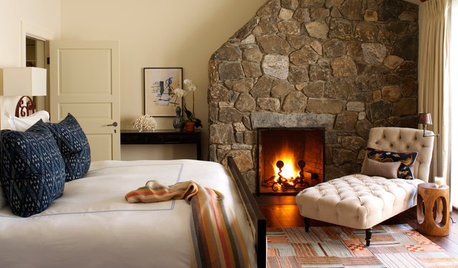
MONTHLY HOME CHECKLISTSSeptember Checklist for a Smooth-Running Home
Get ready to get cozy at home with snuggly blankets, well-stocked firewood, added insulation and more
Full Story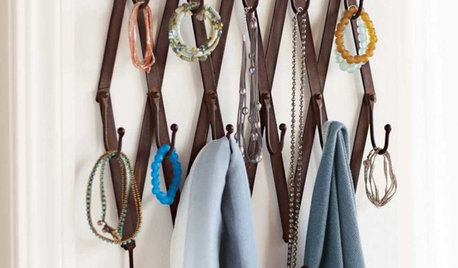
PRODUCT PICKSGuest Picks: Make That Winter Entryway Work Better
Keep slush and muck at the door with stylish boot trays, hooks, baskets and rugs
Full Story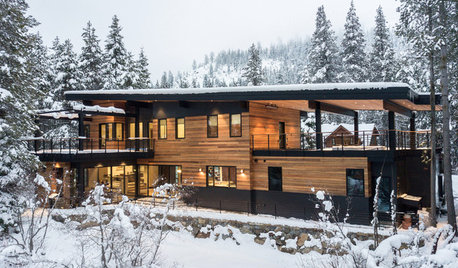
MONTHLY HOME CHECKLISTSYour Winter Home Maintenance Checklist
Keep your home and yard safe and running smoothly as temperatures drop and activity moves indoors
Full Story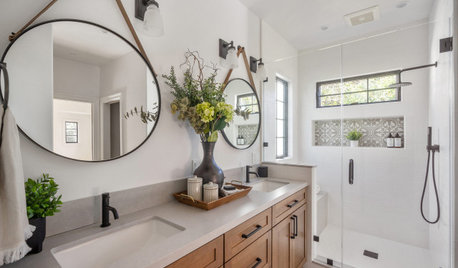
BATHROOM DESIGN5 Common Bathroom Design Mistakes to Avoid
Get your bath right for the long haul by dodging these blunders in toilet placement, shower type and more
Full Story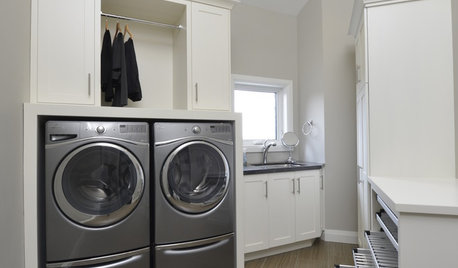
MOST POPULAR10 Smart Ideas for Your Laundry Room Remodel
Make washing and drying easier and more comfortable by considering ergonomics, storage and special features
Full Story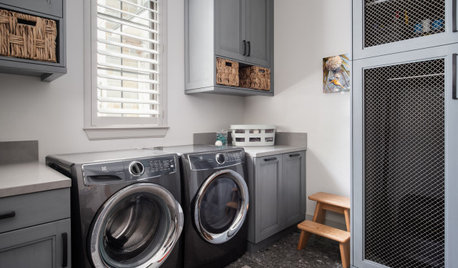
MONTHLY HOME CHECKLISTSTo-Dos: Your September Home Checklist
Prep your home for cooler weather with these tasks to do in an hour, over a weekend and during the month
Full Story
HOME OFFICESQuiet, Please! How to Cut Noise Pollution at Home
Leaf blowers, trucks or noisy neighbors driving you berserk? These sound-reduction strategies can help you hush things up
Full Story






pjb999Original Author
Heyoka Solutions, LLC
Related Professionals
Glen Avon Solar Energy Systems · Beverly Hills Solar Energy Systems · Bridgeport Solar Energy Systems · Elmhurst Solar Energy Systems · Emeryville Solar Energy Systems · Old Saybrook Solar Energy Systems · Prunedale Solar Energy Systems · Saratoga Solar Energy Systems · Castle Rock Home Automation & Home Media · Dallas Home Automation & Home Media · New York City Home Automation & Home Media · Poway Home Automation & Home Media · Roselle Home Automation & Home Media · Safety Harbor Home Automation & Home Media · Canton Fireplacesgarymunson-2008
pjb999Original Author
larrypo
Stymie